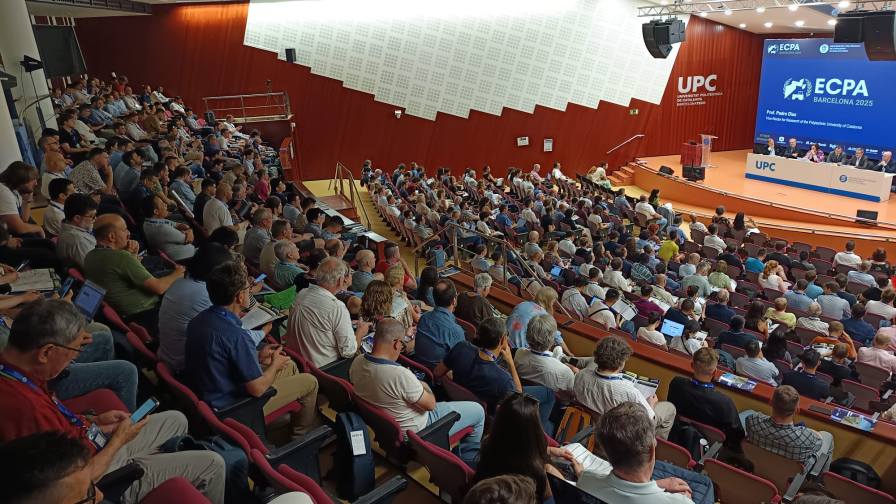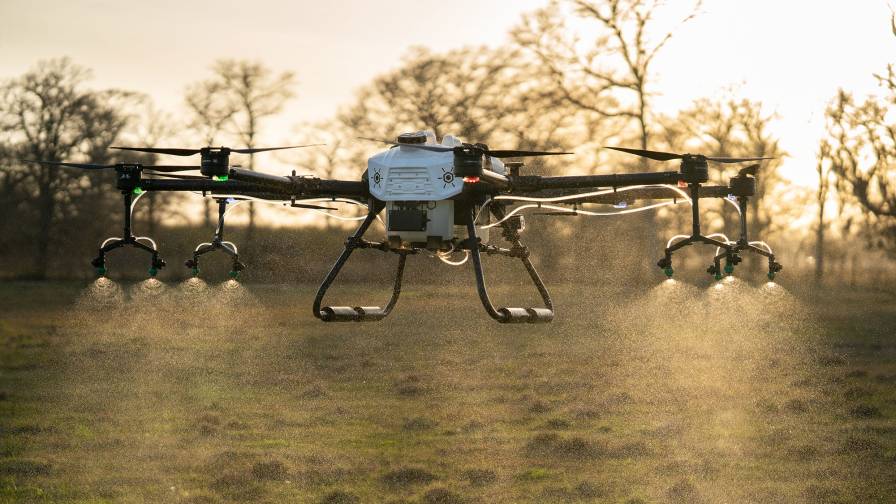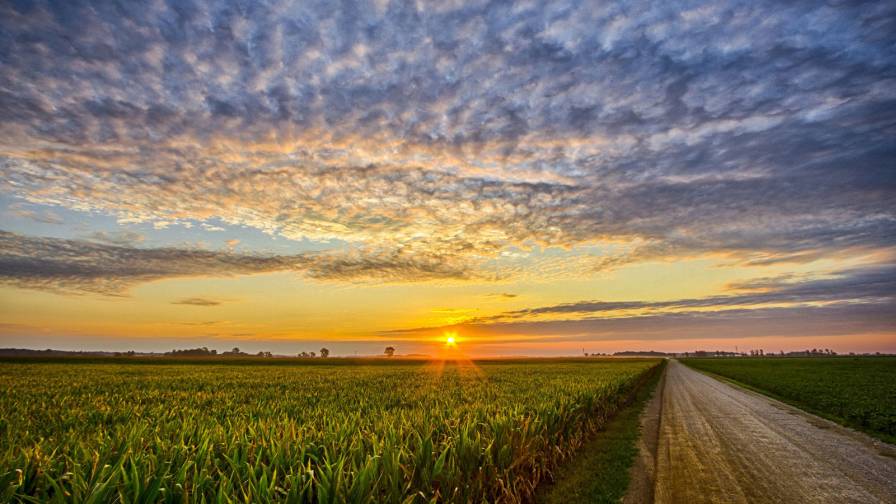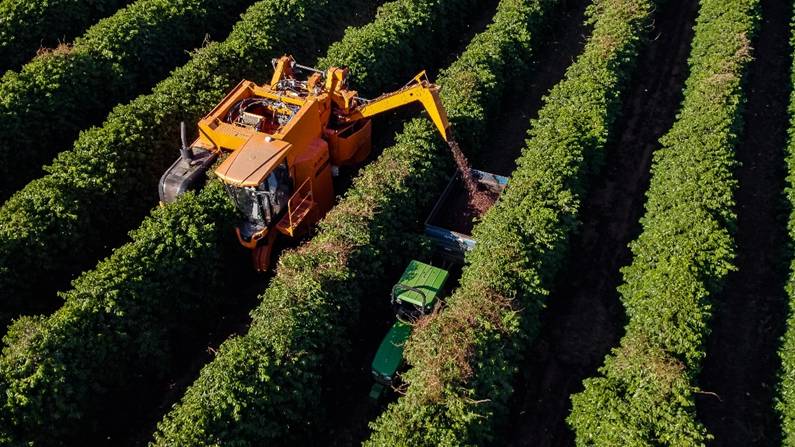State of the Ag Tech Industry: Experts Share 2023 Advancements and 2024 Forecasts
Five ag tech experts explored the trends for 2023 for advancing ag tech and what to lookout for in 2024 during Global Ag Tech Initiative’s State of the Ag Tech Industry webinar on Sept. 27. Panelists included: Allan Fetters, Principal, AGceleration; Brendan Bachman, Director FS Agronomy, GROWMARK; Grant Johnson, Urban Agriculture Technology Advisor, University of California-Cooperative Extension; Kathleen Glass, Vice President Global Marketing, AquaSpy; and Reinder Prins, Marketing Lead, Leaf Agriculture.
Glass and Prins answer some questions from the live audience below:
Global Ag Tech Initiative: What have you seen work best when engaging growers for input and feedback on emerging tech. What have you seen work best here?
MORE BY GLOBAL AG TECH INITIATIVE
Ground Breaking Podcast Episode #10: Seeding a Healthier Plant Through Light Activation
Tech Hub LIVE Marks 5 Years of Ag Tech Innovation in Des Moines This July
Ground Breaking Podcast Episode #9: Satellite-Enabled Water Usage Monitoring
Kathleen Glass: Show, demonstrate, share – In the webinar, I mention private-public collaborations with universities, demonstration farms, and contents like UNL Taps. Growers like to hear it from other growers and see it for themselves. Venues where they can see it and experience it work best.
GATI: Can you share insight to the potential of the very large data stacks increasing hoover-up from the various pucks in the big ag-cloud SaaS?
Reinder Prins: New farming equipment increasingly offers more abilities for data collection, adding to the amount of data available to growers. Through AI we now have increased abilities to analyze and utilize this data as well. So, the way I see it, the potential here is increasing constantly.
GATI: What is the role of agriculture in mitigating climate change and are modern agricultural practices helpful in reducing crop loss due to climate change?
KG: Agriculture definitely has a role to play in mitigating climate change, as do we all. I mentioned the trend I am seeing around the regenerative ag movement in the webinar. It’s not a new topic, but it’s gaining more interest as we see more growers sharing their stories and the modern tools that make this farming practice easier. There is a lot of new technology that I am seeing that help reduce crop loss, both during growth, such as IoT, drone and satellite monitors for everything from growth to ripeness, to blight or pests. There’s technology to improve harvesting, including interesting cooling techniques that keep crops fresher longer, and better methods to harvest energy like solar energy, or using solar panels to shade crops like lettuce.
GATI: We are working on an app that collects the metadata of ag operations. Is there any rule existing that says the data structure should be standardized or anything that structures the data that we are collecting in operations? For example, the names of activities can be different in different states, the material used can be addressed differently. How do you handle that?
RP: For as far as I’m aware, there is no data standard or structure for operations data (yet). The main thing is that within each platform or app, there is a ‘pick list’ of operations that users have to choose from. Without pick list users can free type data, which means that there is no structure at all, and so the data cannot be used for analysis, nor can it ever be shared with other organizations as data mapping becomes impossible. As long as there is a pick list, there is a structure to operate data and so this data can be used for analysis. If in future you wanted to share this data with other organizations through an API, you can then map your structure to their structure in whichever way makes most sense.
GATI: What are thoughts on viability of AgGateway’s ADAPT Standard project, where John Deere, CNHi, Corteva, Syngenta, etc. are all contributing to develop a common standard to exchange data between systems?
KG: Glad to see this groundwork being laid by AgGateway and partners in developing a common data exchange standard.
GATI: Is better management of water consumption and conservation correlated with running a sustainable farm?
KG: In the near term, better management of inputs (water and nutrients) can save the grower money while reducing their environmental impact. The ability to get a good crop yield through monitoring and process control has been proven year after year in the UNL Taps programs: a good yield can be achieved with careful timing and usage of inputs, which drives farm profitability—a good short-term outcome. Longer term, using less water means less runoff from nutrients and topsoil. It can also lower energy costs from pumping and fewer pivot turns.
GATI: Is soil quality critical to maintain the sustainability of soil-related ecosystem and for achieving sustainable agriculture?
KG: Yes. Poor soil becomes compacted over time, reducing the ability for roots absorb nutrients from the soil, particularly if soils become saline, and for water to penetrate to the roots. The carbon – nitrogen cycle begins with water. Soil quality begins with the ability take moisture deep into the layers and make it available to the crop as it grows.









